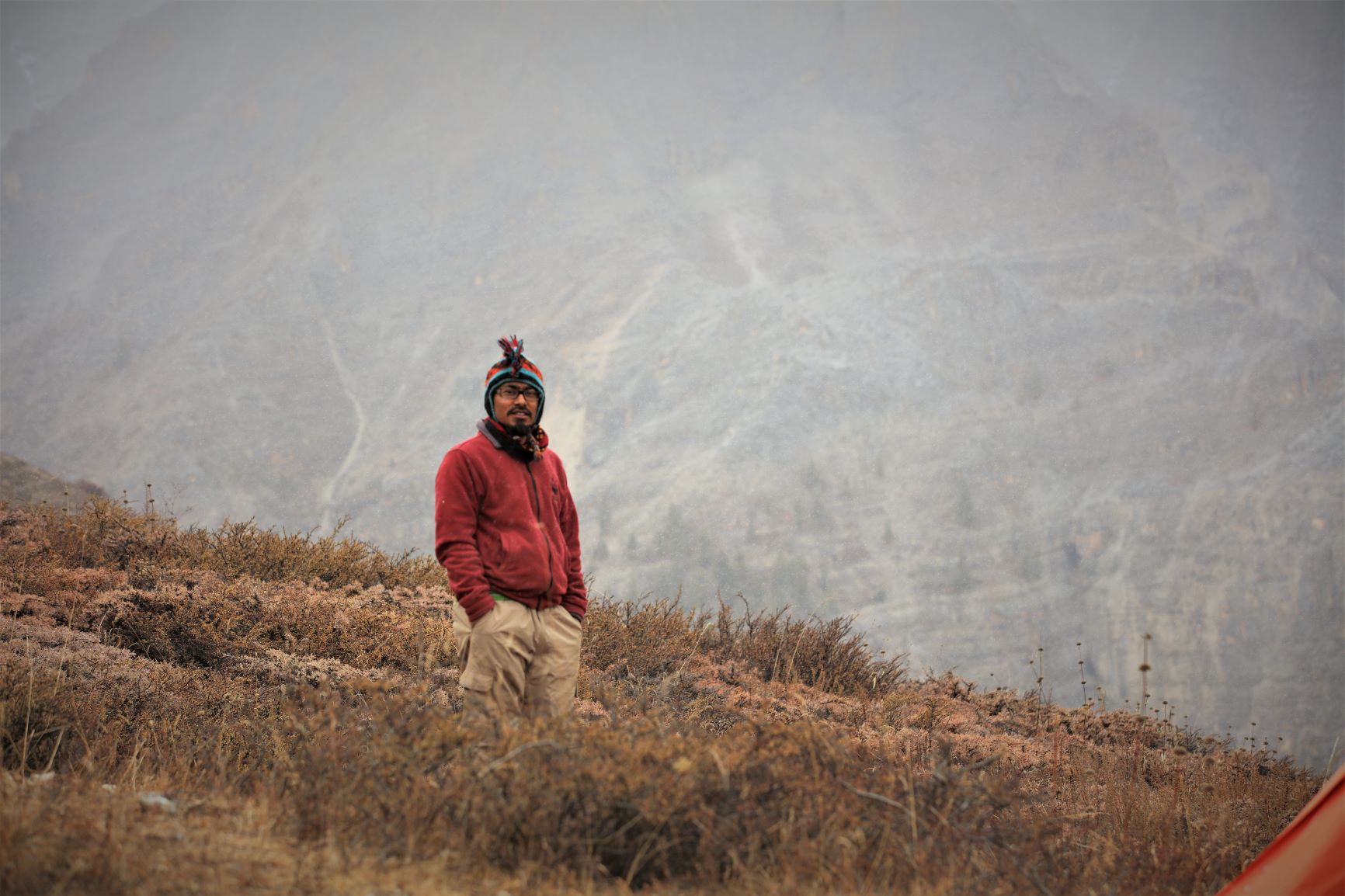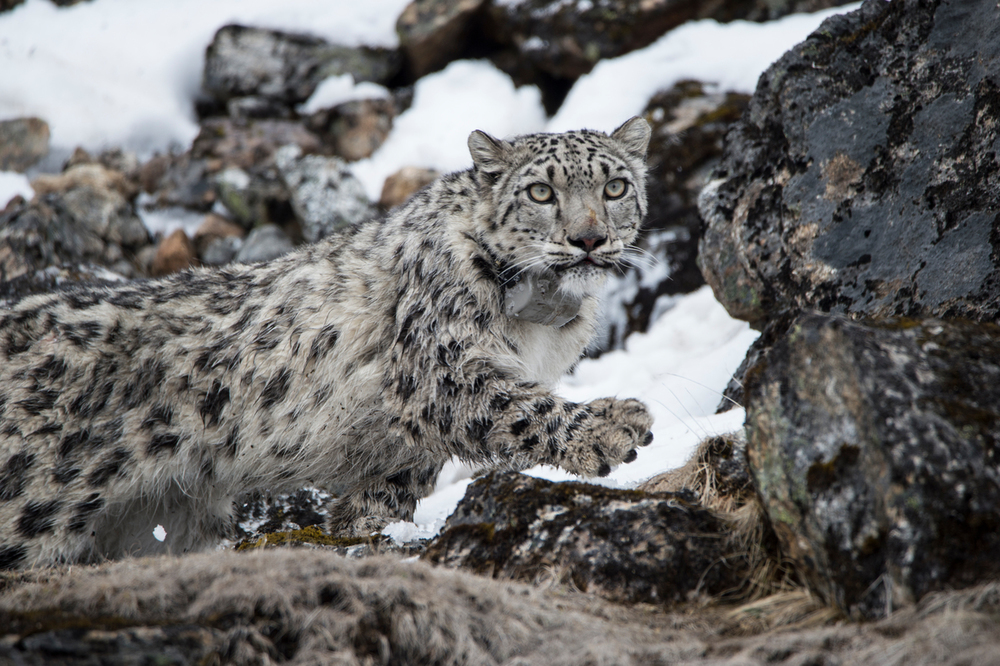Encountering elusive snow leopards
From now until May 4, 2021, your gift will be matched by a generous donor to double your support for tiger and snow leopard conservation.

© WWF Nepal / Rocky Prajapati
With as few as 4,000 snow leopards left in Asia’s high mountains, it’s critical that we fill in research gaps to help reverse this decline. Dr. Rinjan Shrestha, our lead big cat expert, spoke with WWF-Nepal wildlife researcher Sheren Shrestha (no relation) to ask about his snow leopard conservation work in the Himalayas.
Tell us about a day in the life of a big cat researcher.
I spend a lot of time reading, researching, preparing plans, completing documentation and reaching out to different partners. When we go to the field, there’s a lot of walking — often a ten-day trek — which gives time to interact with communities. There’s also a lot of hoping because you always hope to see some amazing natural moments. That’s what gives us the energy.
What goes into planning and conducting a collaring expedition?
We work in remote areas where there are no stores, no shops, nothing, not even electricity. Everything we might need for the expedition, we carry it. We also need to import equipment, which presents another challenge. It takes us about a year or two just to prepare, and then we go up to the mountains for 30 to 45 days.
What is the data collected from satellites revealing about snow leopards’ secretive lives?
It has been an amazing tool because once you collar the animal, it is able to freely go about its own life. From their movement patterns, we’re able to identify its home range, preferred areas, activity and behavioral patterns. A few animals we collared had transboundary movement into China and India. It stressed the need for collaboration [on conservation].

What’s the most challenging thing you have encountered so far?
Every time I go into the field, I go with the thought that there is a possibility that I might not come back. One of the most challenging experiences I’ve had is to lose a friend in the mountains to high-altitude sickness. It was such a strange feeling of helplessness as there’s nothing you could do. Your friend is not well and all you want is for him to be taken to a hospital but all you can do is wait for a rescue to arrive. That was one of the most difficult moments for me.
Would you like to share one of your favourite stories?
I have had opportunities to collar [tranquilized] snow leopards and interact with them in such close encounters, but seeing one in the wild was the most amazing thing. It was already dark in the evening, so I struggled with getting an image. But I did get to see the animal because it just walked along the mountain, reached the top of the ridge and then did some scrape and vanished. I think that was the most amazing experience that I could have dreamt.
To hear more from Sheren, watch our Wildlife Wednesday on big cats.
How you can help field researchers
The more we know about Asia’s big cats and their habitat, the better we can protect it. With your support, WWF-Canada will help supply researchers with the equipment for field expeditions.
- Long-range two-way walkie-talkie: $30
- First aid kit: $40
- Binoculars: $200
- Camera trap: $300
- A set of field gear, including jackets, boots, backpacks and flashlights: $1,000
- Satellite collar: $5,000
From now until May 4 at 11:59 p.m., your gift will be matched by an anonymous donor so it can fund twice as much research.


